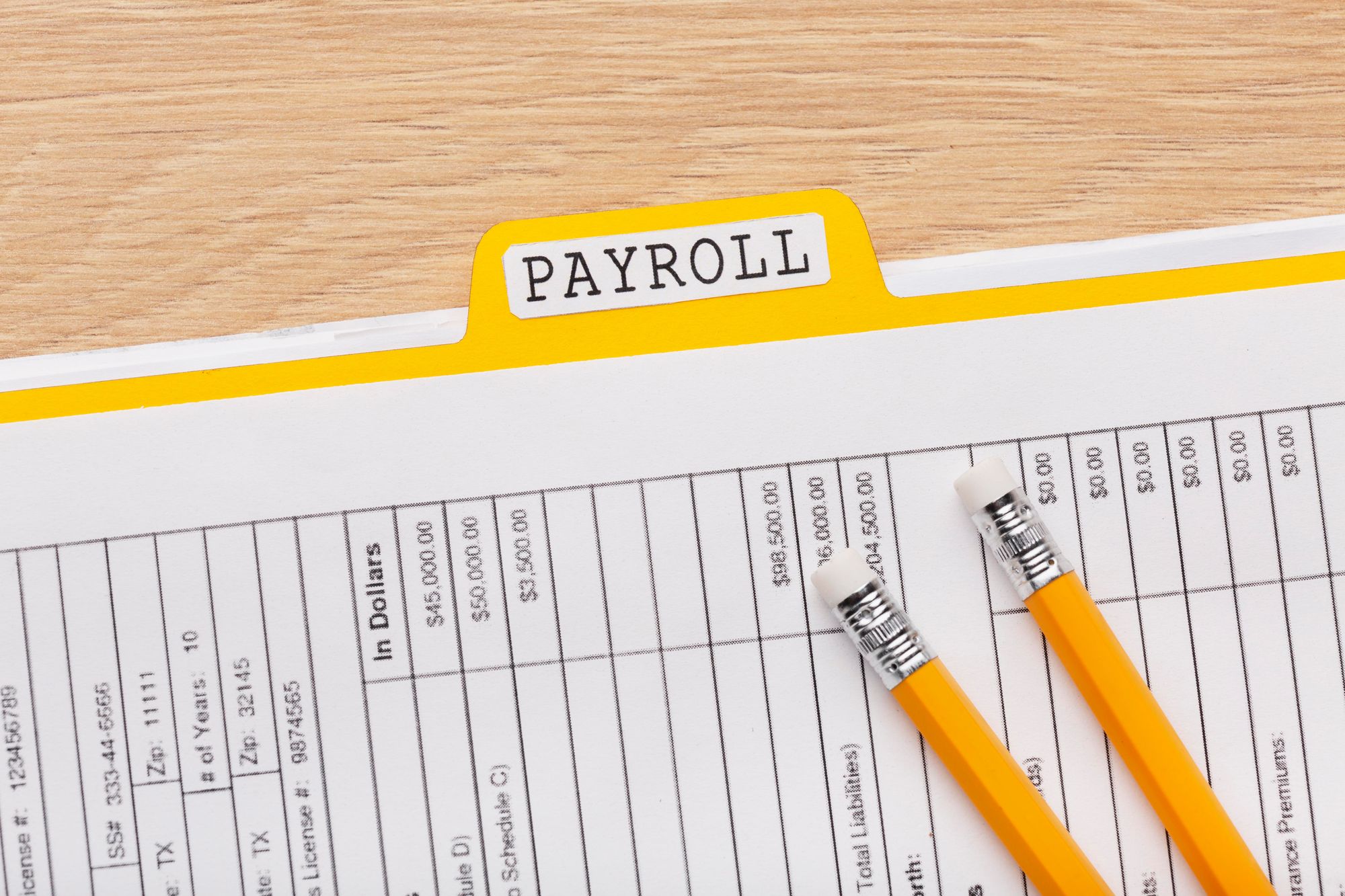A Complete Guide to Payroll Management System
Reading Time:
Reading Time:

Payroll is the end-to-end process of hiring employees, calculating their monthly salaries, bonuses, benefits and tax deductions such as EPF, PT, TDS and ESI.
It is important to carry out the payroll process correctly to avoid salary delays. Additionally, an efficient payroll system ensures integrity and financial stability, which in turn boosts employee morale.
If you are struggling with payroll, this blog post is for you. We will introduce you to the different methods of payroll accounting and explain what they bring to you. Before that, however, let’s take a look at the different steps involved in payroll accounting.
Processing payroll requires careful planning and consists of many activities. Below you will find an overview of all the steps involved in payroll accounting.
In this step, you need to determine the wage and salary policy for your company. You must take into account the wage and salary policy, the net amount paid to the various employees based on their role and position and divide the salary structure based on the benefits you offer like flexible benefits, HRA (House Rent Allowance), etc. You also need to establish your vacation and attendance policies.
Pro Tip: Payroll software allows you to do all of these things in one place without any paperwork. The software automatically splits the salary into all components once you enter the number.
Normally, employees' details like PAN and bank details are collected during the onboarding process. Other data required for payroll accounting includes employees' vacation and attendance data, income tax returns, entitlement to various benefits, shift times, exemptions and reimbursements. In small companies, the finance and HR teams work together to obtain this data.
Pro Tip: With smart payroll software, you can quickly handle all of these processes in one place and even have employees file tax returns. Since there are two tax regimes in India, the software should support both the old and new tax regimes.
After collecting the inputs mentioned in the previous step, you need to validate them so that everything complies with company policies. Also check that all active employees have been included in the record before payroll and inactive employees have been deleted.
This is the process of actually calculating wages and salaries. It is about determining the "net wage or gross wage" for all employees after the necessary deductions and taxes. Calculating payroll using spreadsheets or manual methods is complicated. A missing zero or an extra one can lead to serious errors in payroll. This has various effects, from incorrect salary payments to incorrect tax returns to employee distrust.
After you have completed all the payroll calculations, you need to ensure that there are enough funds in your company's bank account to transfer salaries to employees' payroll accounts. A salary account statement is then sent to the respective branch. This statement contains details like employee name, employee ID, salary, etc. Payroll software can save you all this hassle. It only takes 3 clicks to run payroll through IceHrm Payroll software.
There are statutory deductions that companies have to calculate while making payroll like TDS (Tax Deducted at Source), PF (Provident Fund), ESI (Employee State Insurance). These amounts are calculated and then submitted to the relevant government portals. If you do not pay these amounts on time, your company may face legal sanctions.
Based on the above tax rates, calculate the employees' monthly tax liability. Read more about this in our blog 'Payroll tax calculation with examples'.
The final step of the process is to distribute payslips to employees. This is required by law in India. With payroll software, you don't have to email payslips to individual employees. You can access them for any month and at any time through the employee self-service portal.
That is why you need to take into account all these deductions when calculating salaries. Income tax is one such deduction. At the beginning of the year, employees are asked to declare their taxes and choose one of the following tax regimes.
Managing payroll is a complex and time-consuming task, and there are a number of challenges that payroll managers can face. Some of the most common payroll challenges include:
Most, if not all, payroll management challenges can be solved with payroll software that automates payroll.
In addition to these essential features, the ideal payroll software may also have other features that are important to specific businesses, such as:
Streamline your payroll journey with insights into stages and challenges. IceHrm provides the ideal solution for comprehensive, accurate, and user-friendly payroll management.